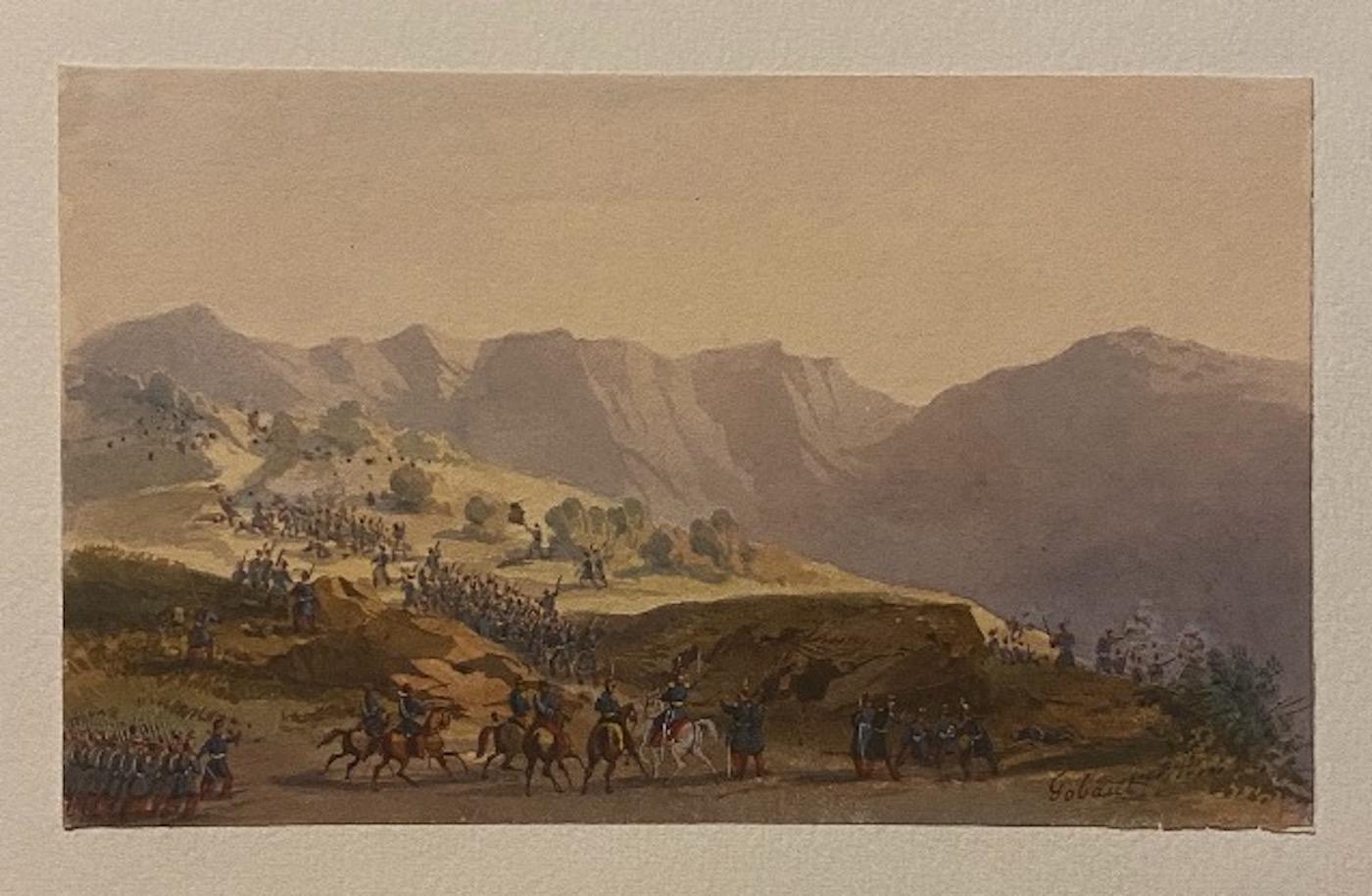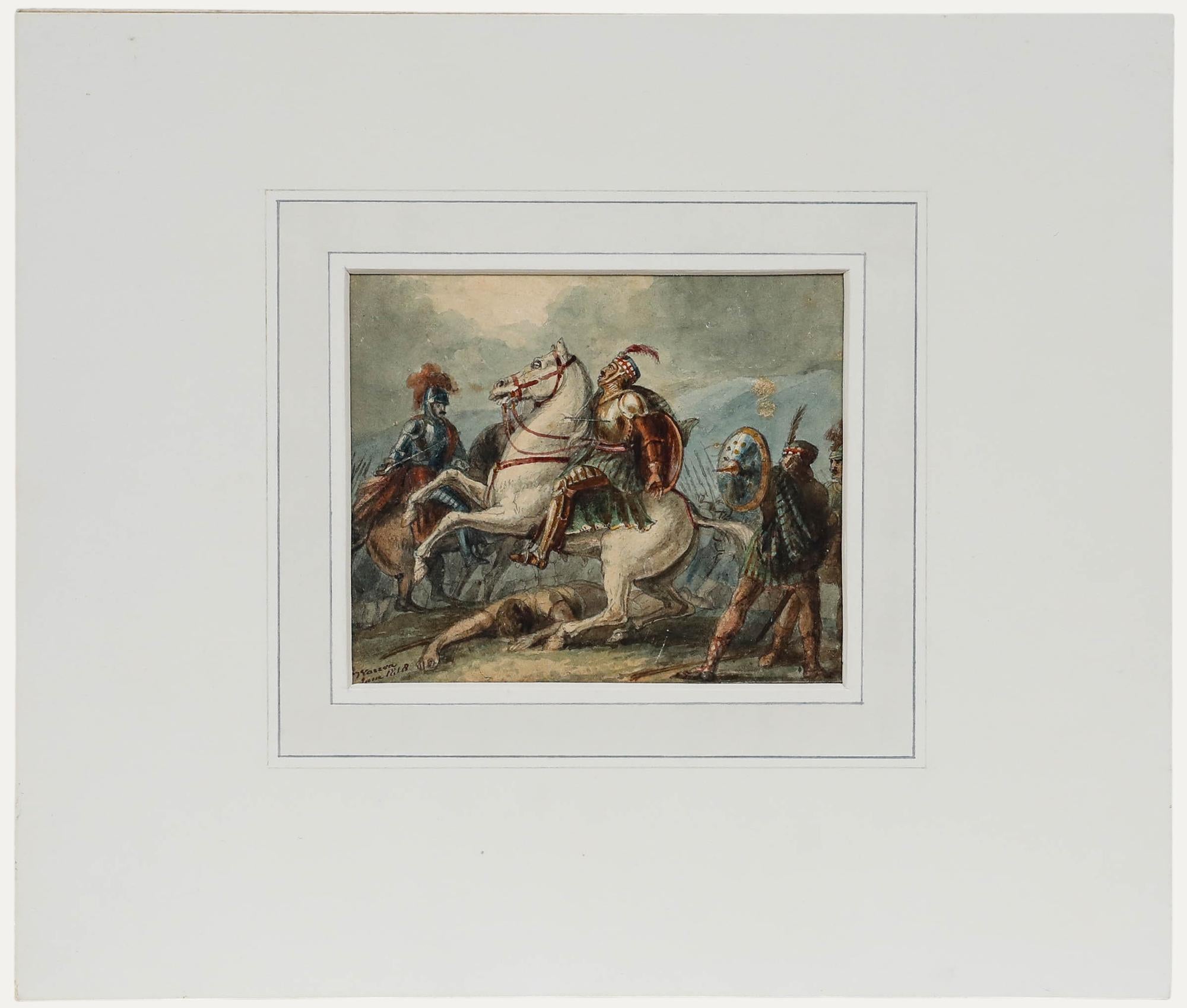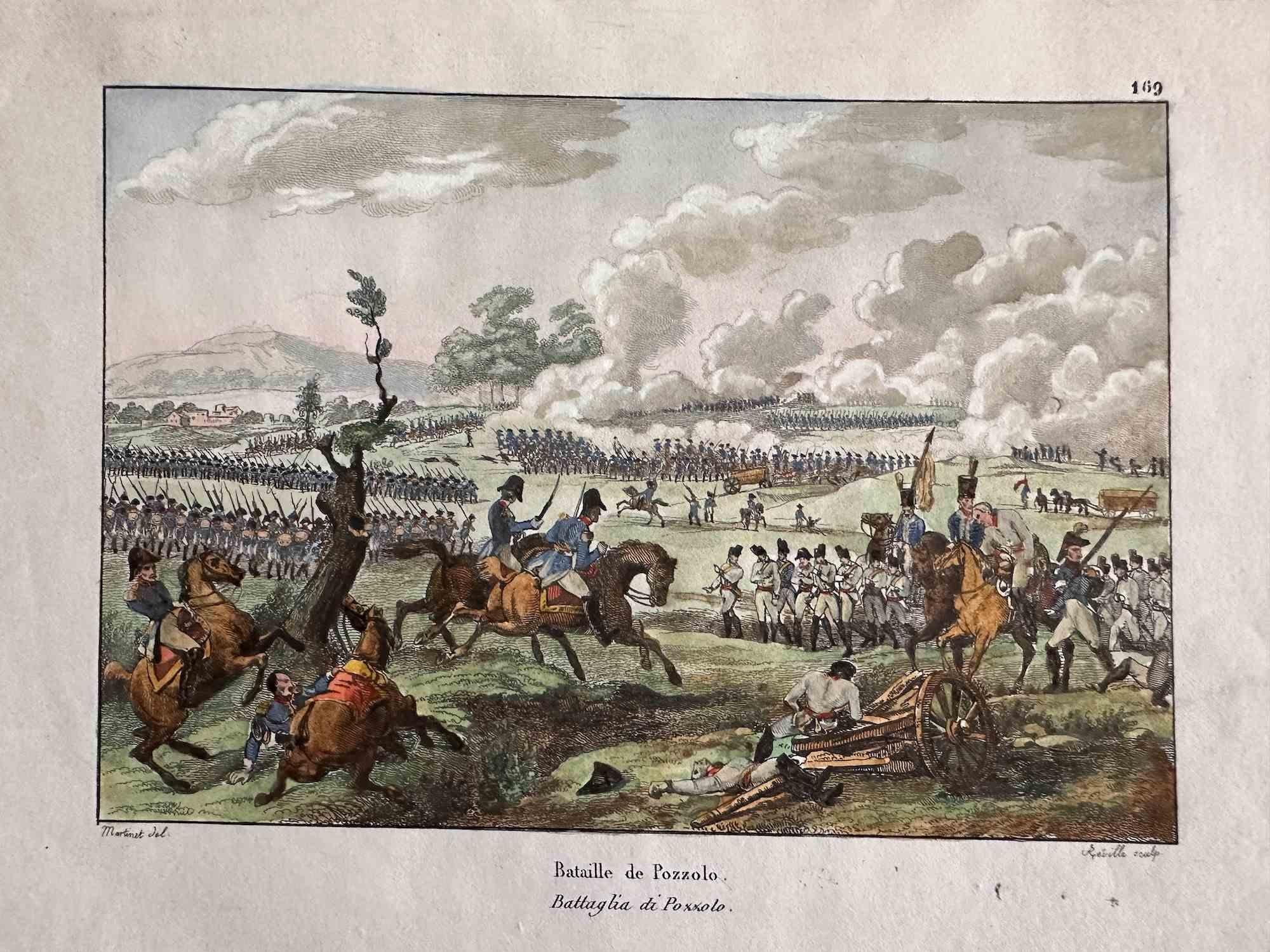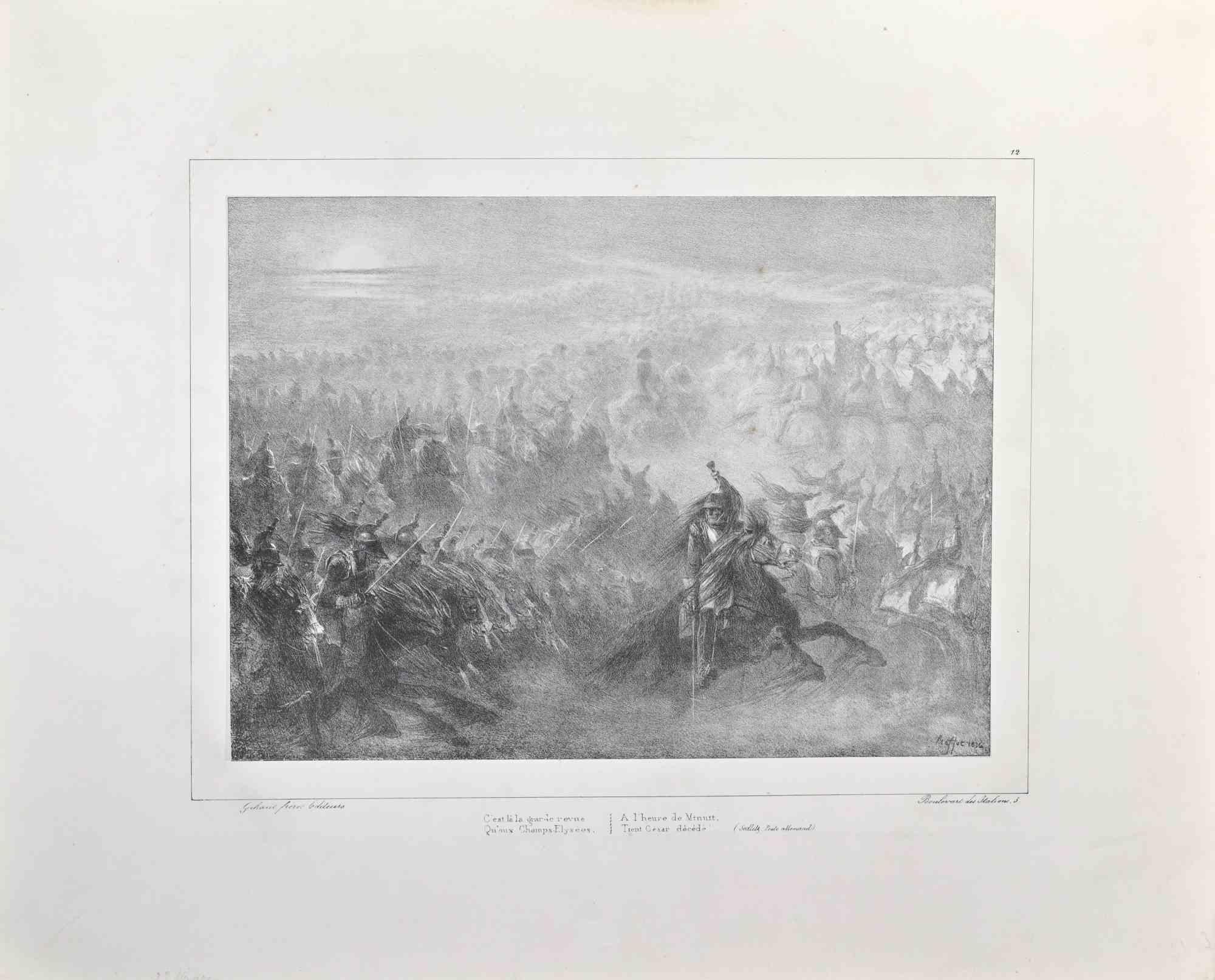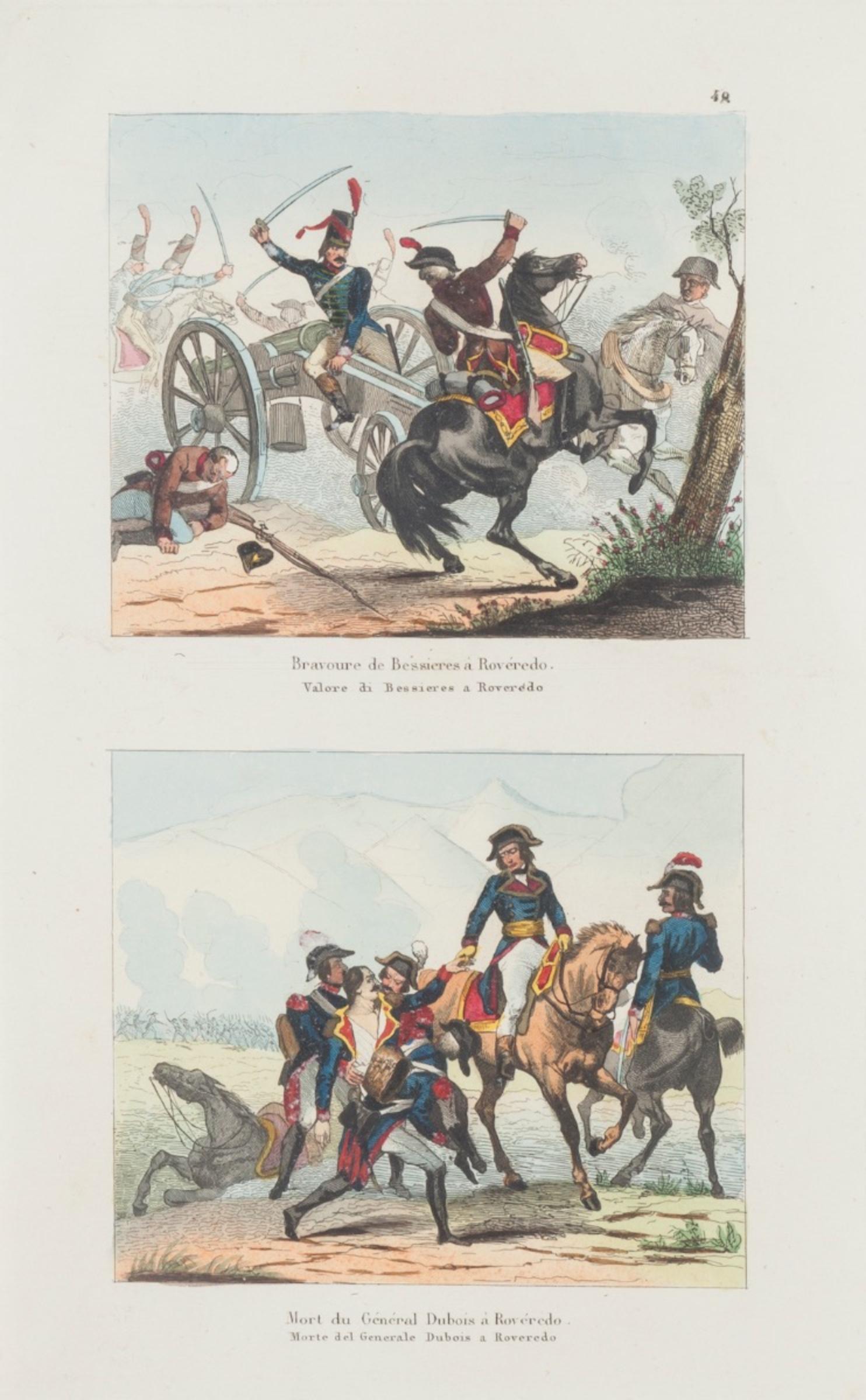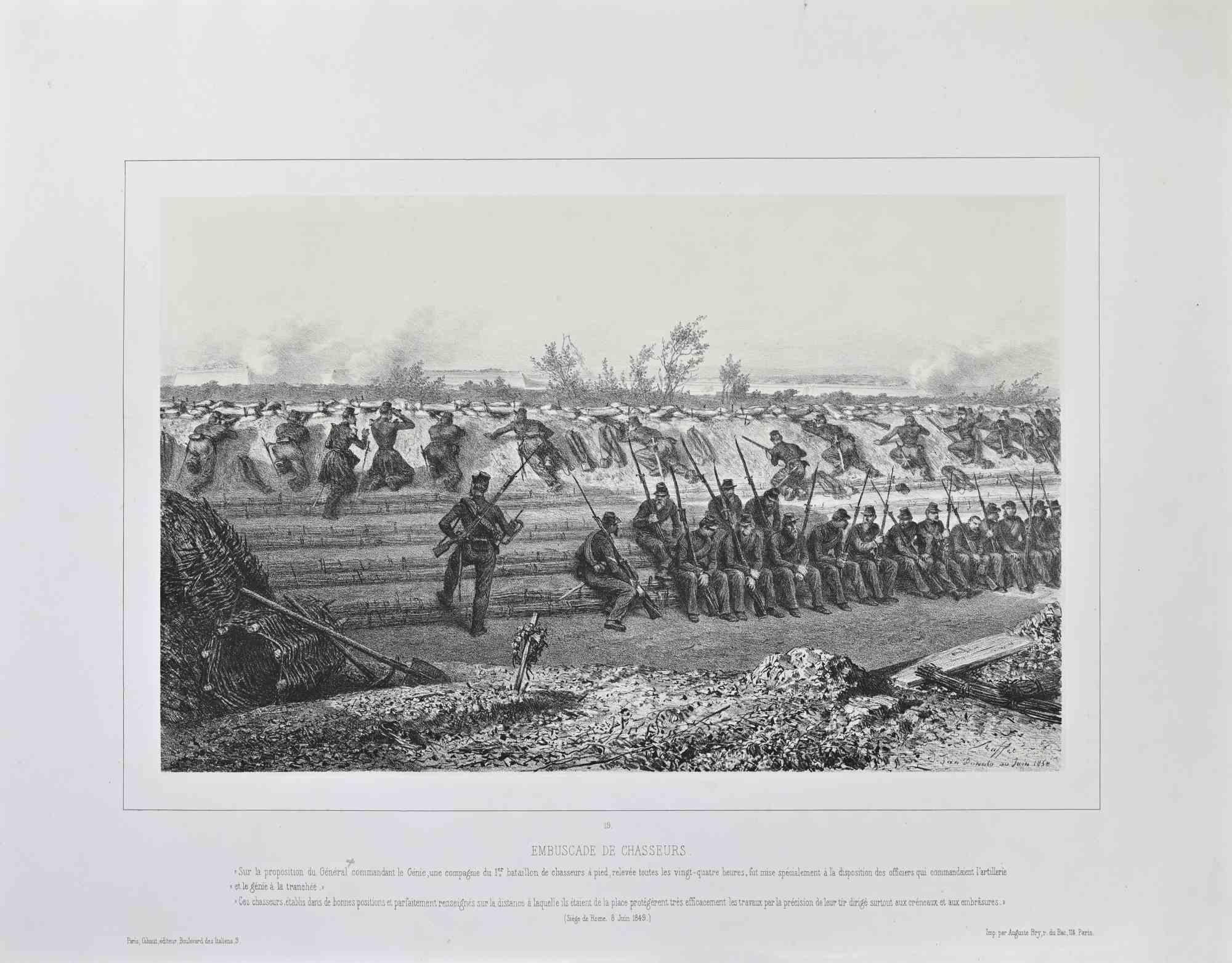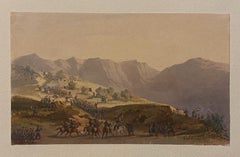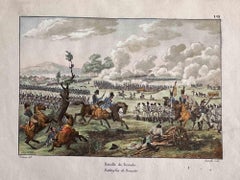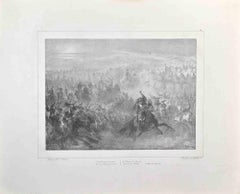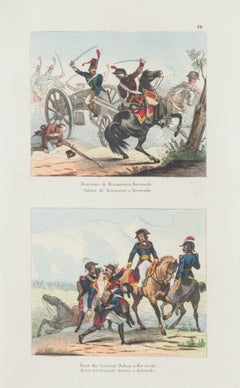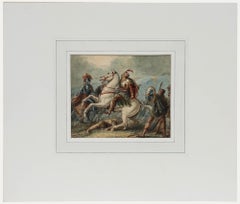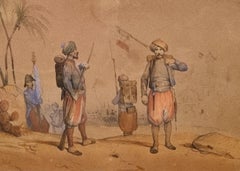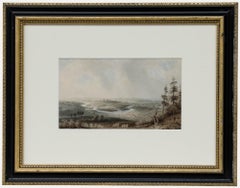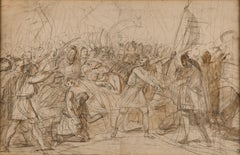Items Similar to Battle - Watercolor by Gaspard Gobaud - 19th Century
Want more images or videos?
Request additional images or videos from the seller
1 of 7
Gaspard GobaudBattle - Watercolor by Gaspard Gobaud - 19th Century19th Century
19th Century
$3,350.86
£2,508.49
€2,800
CA$4,612.88
A$5,042.78
CHF 2,667.86
MX$60,345
NOK 33,944.67
SEK 31,072.92
DKK 21,332.55
About the Item
Battle is an original artwork realized by Gaspard Gobaud in 19th century.
Mixed colored watercolor.
Includes frame.
Hand signed on the lower right margin.
Good conditions except for some foxings.
- Creator:Gaspard Gobaud
- Creation Year:19th Century
- Dimensions:Height: 13 in (33 cm)Width: 16.54 in (42 cm)Depth: 0.4 in (1 cm)
- Medium:
- Movement & Style:
- Period:
- Condition:Insurance may be requested by customers as additional service, contact us for more information.
- Gallery Location:Roma, IT
- Reference Number:Seller: J-711841stDibs: LU650310648742
About the Seller
4.9
Platinum Seller
Premium sellers with a 4.7+ rating and 24-hour response times
1stDibs seller since 2017
7,854 sales on 1stDibs
Typical response time: 1 hour
- ShippingRetrieving quote...Shipping from: Monaco, Monaco
- Return Policy
More From This Seller
View AllTroop Movement - Original Ink and Watercolor by Gaspard Gobaut - 19th Century
By Gobaut Gaspard
Located in Roma, IT
Troop Movement is an original artwork realized by the artist Gaspard Gobaut (1814-1882).
Original ink and watercolor drawing on ivory cardboard.
Good conditions. Passapourt includ...
Category
19th Century Figurative Drawings and Watercolors
Materials
Watercolor, Ink
Battle of Pozzolo - Lithograph after Louis Martinet - 1850s
Located in Roma, IT
Pozzolo Battle is a lithograph print on paper realized After Louis Martinet in the 1850s.
Titled, signed on the plate.
The artwork is in good conditions with aged margins and diffu...
Category
1850s Modern Figurative Prints
Materials
Lithograph
The Battle - Lithograph by Auguste Raffet - 1837
Located in Roma, IT
The Battle is a Lithograph realized by Auguste Raffet in 1837.
Signed in the plate.
Good condition.
Category
1830s Modern Figurative Prints
Materials
Lithograph
Battle - Lithograph - 19th century
Located in Roma, IT
Battle is an original Hand-colored lithograph on paper realized by an Anonymous artist of the XIX century.
Included two impressive images in one sheet. Titled in Italian on the low...
Category
19th Century Old Masters Figurative Prints
Materials
Lithograph
The French Attack - Lithograph by Auguste Raffet - Mid 19th century
Located in Roma, IT
The French attack is an artwork realized by Auguste Raffet (1804-1860) in the 1860s.
Belongs to the series "Souvenir d'Italie - Expédition de Rome".
Lithograph, signed and dated by...
Category
Mid-19th Century Modern Figurative Prints
Materials
Lithograph
Battle - Original lithograph - 19th Century
Located in Roma, IT
Battle is an original lithograph on paper realized by an Anonymous artist of the XIX century.
From series " France Pittoresque" (title at the top center).
Included two impressive ...
Category
19th Century Figurative Prints
Materials
Lithograph
You May Also Like
Charles Warren (1767-1823) - 1818 Watercolour, In the Midst of Battle
Located in Corsham, GB
Signed and dated to the lower left. Well presented in a wash-line mount. On paper laid to card.
Category
Early 19th Century Figurative Drawings and Watercolors
Materials
Watercolor
Watercolor Paper mid 19th Victor ADAM Zouaves French Infantry soldiers Military
Located in PARIS, FR
Jean-Victor ADAM known as Victor ADAM
Paris, 1801 – Viroflay, 1866
Watercolor on paper
14 x 18.5 cm (30.5 x 34.5 cm with frame)
Signed lower left “V. Adam”
Framed
Very beautiful wat...
Category
1830s Academic Figurative Drawings and Watercolors
Materials
Watercolor
After Giuseppe-Pietro Bagetti (1764-1831) - Watercolour, The Battle of Znaim
Located in Corsham, GB
This expansive watercolour view depicts Znaim, now Znojmo in the Czech Republic. The work is a copy of a watercolour by Giuseppe-Pietro Bagetti (1764-1831), commissioned by King Loui...
Category
Late 19th Century Landscape Drawings and Watercolors
Materials
Watercolor
French School, early 19th century - Battle Scene between Greeks and Ottomans
Located in Paris, Île-de-France
French School, early 19th century
Battle Scene between Greeks and Ottomans, circa 1820–1830
Pencil and brown wash on paper,
30 × 46 cm
Unsigned
Provenance:
Former collection of P...
Category
Early 19th Century Old Masters Figurative Drawings and Watercolors
Materials
Chalk, Crayon
Isidore Pils (1813-1875) An Orientalist scene, signed watercolor
By Isidore Alexandre Augustin Pils
Located in Paris, FR
Isidore Pils (1813-1875)
An Orientalist scene
Signed lower left
Pencil and heightenings of watercolor on paper
15 x 24 cm
In a modern mount 40.5 x 53 cm
We know that Isidore Pils spent two years in Algeria starting in 1863, so this depiction of a festive scene could quite likely date from that period. It is very free in its execution, but at the same time very evocative.
Isidore-Alexandre-Augustin Pils (1815–1875) was a French academic painter of religious and military subjects.
Pils was born in Paris as the son of a soldier François Pils. At the age of twelve, he studied with Guillaume Guillon-Lethière for four years.
In 1831 he became a student at the École des Beaux-Arts and studied under François-Édouard Picot.
He competed for the Prix de Rome, which he won in 1838 for a history painting, St. Peter Healing a Lame Man at the Door of the Temple.
Although in poor health, Pils then spent the customary three years at the French Academy in Rome at the Villa Medici, which then had Jean Auguste Dominique Ingres as its director. While in Italy he visited Naples, Venice, and Florence.
Pils's earlier paintings have religious themes. In 1849 he completed his most famous work, Rouget de L'Isle Singing La Marseillaise, which now resides at the Musée historique de Strasbourg. After experiences travelling with French troops through the Crimea, his themes took on military and nationalistic subjects. He later produced many military scenes during the siege of Paris during the Franco-Prussian War of 1870.
Pils was appointed professor of painting at the École des Beaux-Arts in 1863 but left the same year for two years in Algeria. In 1868 he was elected to seat #14 of the Académie des Beaux-Arts. Among his students were Adrien Moreau...
Category
1870s Academic Figurative Drawings and Watercolors
Materials
Watercolor
Early 19th Century Watercolour - Hussar Officer
Located in Corsham, GB
A charming early 19th century watercolour depicting a Hussar officer being greeted in a reception room. Signed illegibly to the lower right. Inscribed with title and c.1814 verso. Pr...
Category
Early 19th Century Figurative Drawings and Watercolors
Materials
Watercolor
More Ways To Browse
Framed 19th Century Prints
Battle Brown
Huckleberry Finn
Irreverent Art
Jesus Etching
Joan Miro Hand Signed Lithograph 1974
Keith Haring Against All Odds
Keith Haring Exhibition Poster
Keith Haring Signed Print
Louis Vuitton 2020 Limited Edition
Marc Chagall Cirque
New Orleans Original
Nura Ulreich
Picasso Lithographs Jacqueline
Punk Flyer
Salvador Dali Israel
Seven Deadly Sins
Signed Fernand Mourlot
